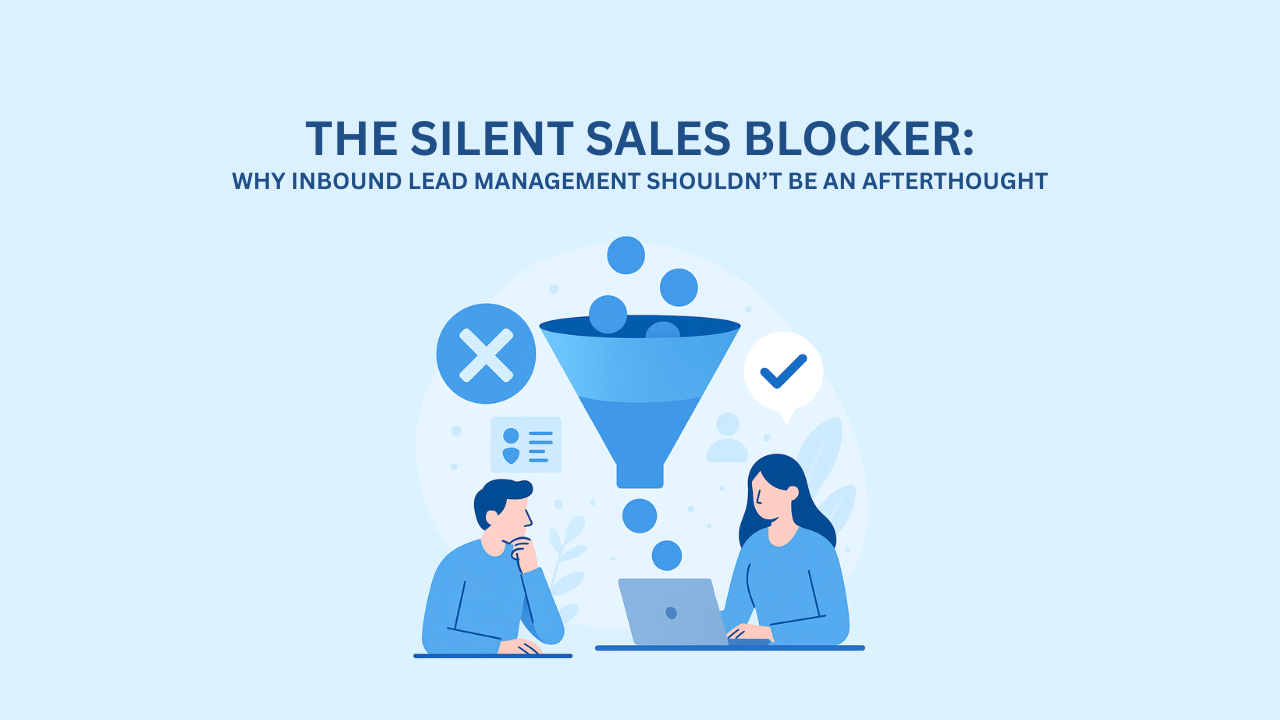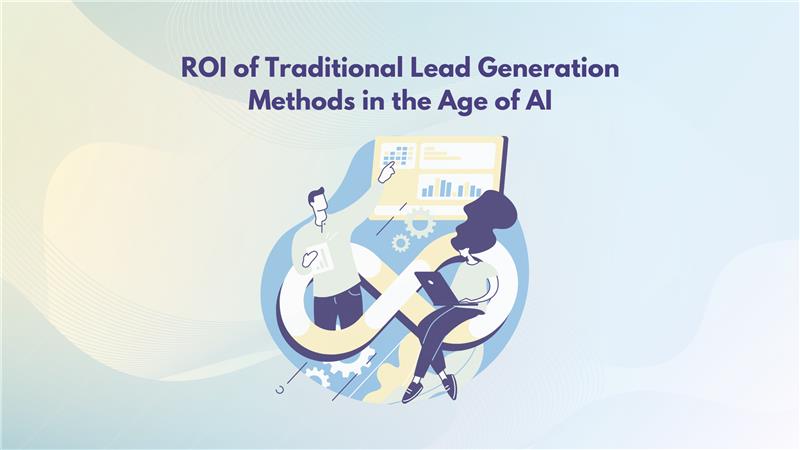
The Silent Sales Blocker: Why Inbound Lead Management Shouldn’t Be an Afterthought
The Silent Sales Blocker: Why Inbound Lead Management Shouldn’t Be an Afterthought
In today’s hyper-connected B2B environment, companies invest thousands, sometimes millions, into driving traffic, generating content, running campaigns, and getting potential buyers to raise their hands.
But what happens when those inbound leads actually do show up?
Far too often, nothing.
Why Inbound Lead Management (ILM) Is a Growing Pain Point
For many organizations, inbound lead management is broken, or worse, completely ignored.
Inbound leads can come from various sources:
- Website forms
- Content downloads
- Chatbots
- Event registrations/ Webinars
- Email responses
- Referral programs
- Search and social media marketing
And yet, these leads are often neglected due to two key reasons:
Lack of time
Sales teams are focused on immediate outbound goals and may not prioritize or even see inbound leads in real time.
Lack of structure or ownership
There’s often no dedicated resource or process in place to track, qualify, and route these leads. It’s not just a team problem, it’s a strategic enablement gap.
This results in:
- Missed revenue opportunities
- Cold or lost leads who move on to faster competitors
- Brand damage as buyers feel ignored or undervalued
In essence, poor ILM isn’t just a sales leak, it’s a silent killer of your marketing ROI and your company’s reputation.
What an Effective ILM Process Looks Like
Managing inbound leads isn’t just about speed, it’s about smart response. Here’s how winning teams handle it:
- Immediate Acknowledgment (First 24 Hours Is Crucial)
Speed matters. Research shows the odds of qualifying a lead drop dramatically after the first 24 hours. The ideal time to engage is within the first hour of contact. - Source Attribution and Context
Understanding how a lead arrived: via a webinar, blog, partner link, or pricing page helps tailor your outreach and increase relevance. - Use Firmographic Data to Prioritize Leads
Not all inbound leads are created equal. A Fortune 500 company filling out a contact form deserves different follow-up than a startup downloading a whitepaper. By leveraging firmographic data such as company size, industry, location, and job title, you can segment and prioritize leads based on their potential value to your business. This ensures your sales team focuses their efforts where there’s the greatest likelihood of conversion and long-term ROI.
- Lead Scoring and Routing
Use this enriched data to assign leads to the right sales rep based on territory, product fit, or deal potential. - Human-Led Qualification
Automated responses are fine, but nothing replaces a well-trained human touch. Real conversations build real trust.
How InfoAnalytica Helps
At InfoAnalytica, we help B2B companies transform inbound chaos into structured opportunity.
Our services include:
- Inbound lead screening to identify which leads matter most
- Enrichment with firmographic data
- Human-led outreach within the first 24 hours
- Lead routing and qualification support
- ABM alignment for high-value inbound accounts
Think of us as your extended team, ensuring every inbound lead is nurtured, not neglected.
Because in the race to win customers, the companies who listen first and act fast always come out ahead.

ROI of Traditional Lead Generation Methods in the Age of AI

AI is rapidly changing the sales landscape, automating outreach, personalizing engagement, and handling routine tasks at scale. But does this mean the traditional Sales Development Representative (SDR) role is becoming obsolete?

Market Analysis provide insight into planning marketing strategies for an industry offering. Individual pieces of a full Market Analysis such as market sizing can help in fundamental decision-making, but will not guide the overall market